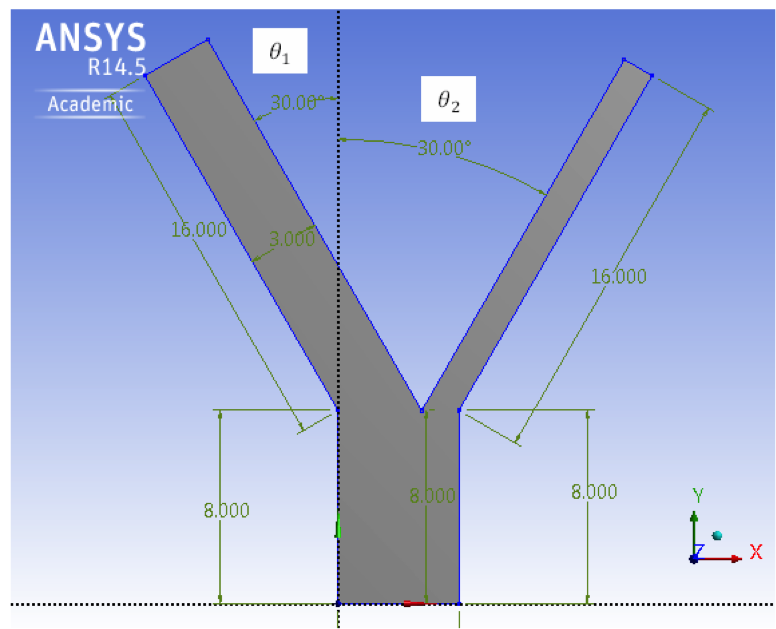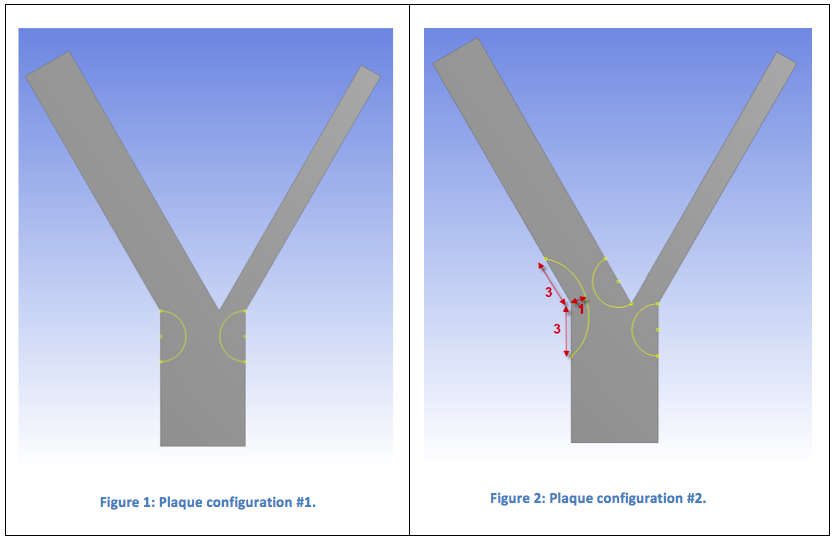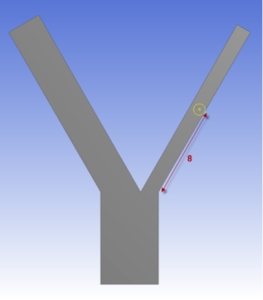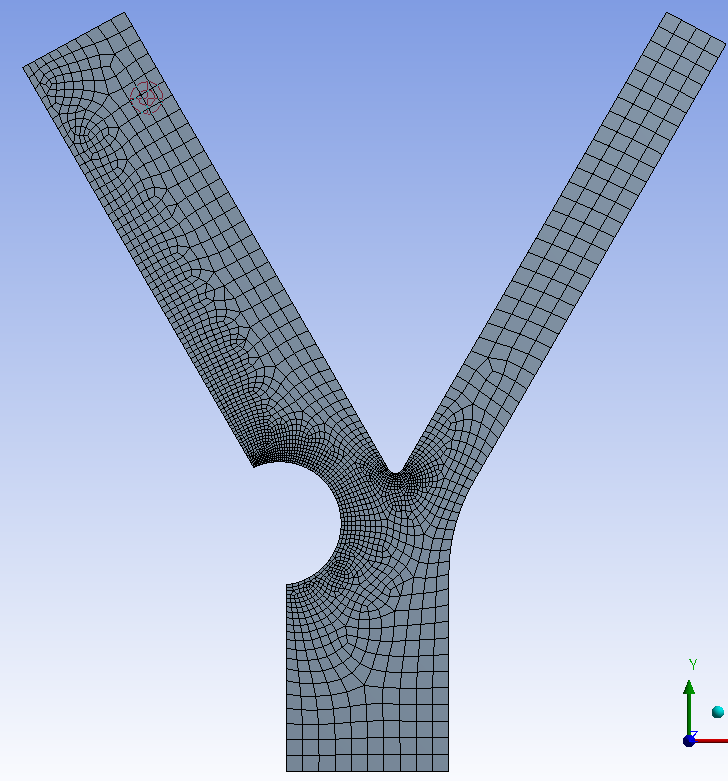| Include Page |
|---|
...
|
...
|
...
| Include Page | ||||
|---|---|---|---|---|
|
2D Bifurcating Artery
| Note |
|---|
This tutorial contains numerous embedded YouTube videos. You may not be able to see the videos until you approve that the Flash plugin on the website is safe. To approve the plugin, look for a shield logo to the right of the website url bar (in Chrome) or a brick-like icon to the left of the website url bar (in Firefox). Or you can simply click on the weblink for the corresponding video which will take you to the video location on YouTube. |
Geometry
Geometry (Artery without plaques) (Link)
| Widget Connector | ||||||
|---|---|---|---|---|---|---|
|
Geometry (Plaque configuration #1);(Link)
| Widget Connector | ||||||
|---|---|---|---|---|---|---|
|
Geometry (Plaque configuration #2) (Link)
| Widget Connector | ||||||
|---|---|---|---|---|---|---|
|
Geometry (Blood Clot) (Link)
| Widget Connector | ||||||
|---|---|---|---|---|---|---|
|
Mesh
Some of the settings you can use to get a better mesh are shown in the figure below.
- The Relevance Center can be set to coarse, medium and fine. After you pick the Relevance Center, you can change the Relevance from -100 to 100, with 100 being the finest within the particular relevance center.
You can insert a sizing for faces and edges along with the mesh settings in the figure.
Created using ANSYS 14.5
Problem Statement
You will simulate blood flow in an idealized bifurcated blood vessel using ANSYS FLUENT®, a commercially available CFD software package. You will study:
- The effect of fatty plaque on the blood flow
- The effect of a blood clot in addition to the fatty plaque
You will be calculating the velocity, wall shear stress and pressure gradient for the cases outlined below.
Geometry
We’ll ignore 3D effects and use the following idealized 2D geometry. All dimensions are shown in mm.
Consider the following two plaque configurations. Model the plaque as a circular arc with a diameter of 3 mm except the one that spans two limbs whose dimensions are shown below.
You also need to study the effect of a blood clot in the right branch (in addition to the plaque) as shown in the figure below. Assume that the blood clot has a diameter of 1 mm.
FLUENT Inputs
- Steady 2D flow
- Outlet gauge pressure = 0 Pa
- Density = 1000 kg/m3
- Coefficient of viscosity = 0.001 kg/(m-s)
- Adjust inlet velocity to get a Reynolds no. of 400.
Cases to be studied
- No plaque
- The above two plaque configurations without blood clot
- The above two plaque configurations with blood clot
Consider two combinations of
Latex $\theta_1$and
Latex $\theta_2$.
Latex $\theta_1=30, \quad \theta_2=30$Latex $\theta_1=30, \quad \theta_2=45$
Go to Pre-Analysis & Start-Up You can give a bias to edge sizing to cluster cells towards one end of edge. See this page for how to implement a bias to an edge.
Below is a mesh we obtained by playing with these settings. This mesh resolves the separated flow behind the plaque better than the default mesh. It can be further improved though! You could start by changing the "edge sizings" in the left branch.
 Sign-up for free online course on ANSYS simulations!
Sign-up for free online course on ANSYS simulations!



